Fragrance is the invisible architecture of luxury living—present everywhere yet seen nowhere. While most homeowners obsess over visual aesthetics, they overlook the profound impact of scent on how we experience spaces. A thoughtfully scented home doesn’t just smell pleasant—it tells your story, evokes emotions, and transforms ordinary moments into sensory memories.
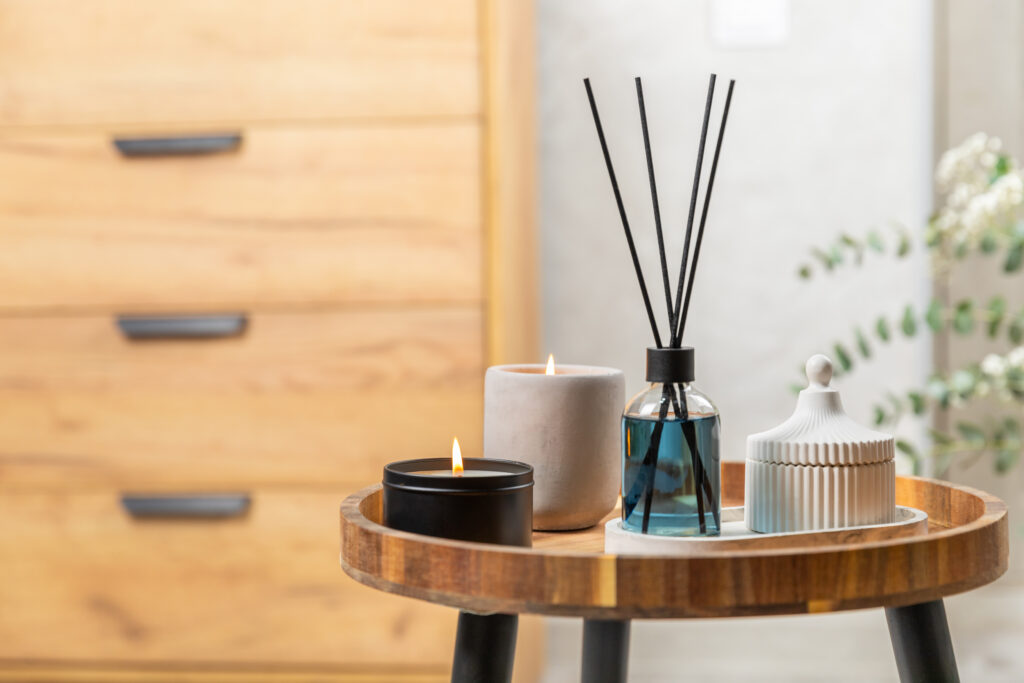
The Forgotten Dimension of Luxury Design
I discovered the transformative power of home fragrance during a project for a high-profile client whose Manhattan penthouse was impeccably designed—stunning artwork, bespoke furniture, perfect lighting. Yet something felt incomplete. The moment we introduced a custom scent strategy—a subtle blend of amber, fig, and sandalwood—the atmosphere shifted dramatically. What was once merely beautiful became truly unforgettable.
This invisible element of design speaks directly to our limbic system, bypassing rational thought and connecting straight to emotion and memory. Yet most interior design conversations neglect it entirely.
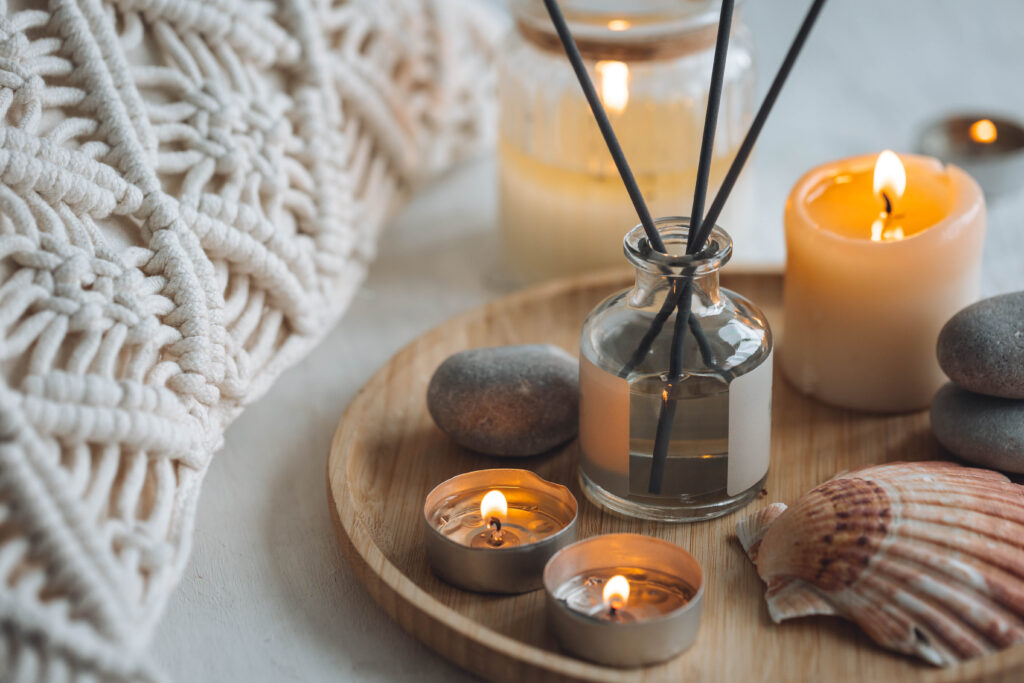
The Science of Luxury Scenting
What makes scent so powerful? Unlike our other senses, olfactory information travels directly to our emotional brain centers without first being processed by the thalamus. This direct pathway explains why fragrance can instantly transport us to childhood memories or create immediate emotional responses.
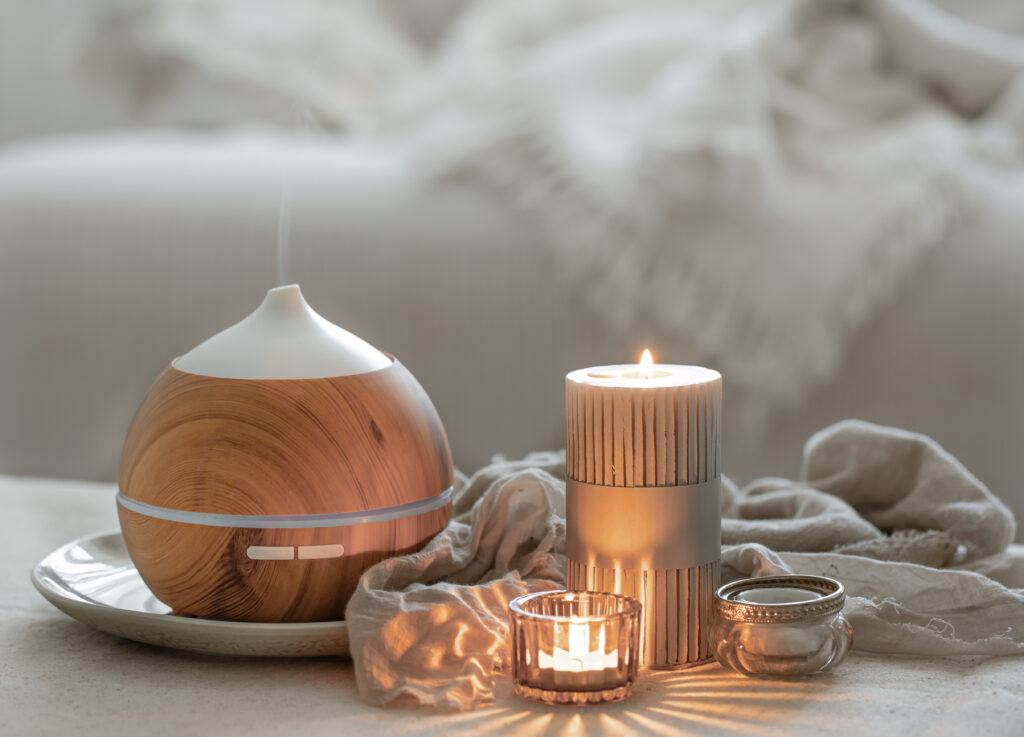
Luxury scent design leverages this neurological connection to create spaces that don’t just look exceptional but feel exceptional on a subconscious level.
The Three Layers of Home Fragrance Architecture
Just as lighting has ambient, task, and accent layers, professional scent design employs a sophisticated layering approach:
- Foundation Scents:
- Subtle, consistent fragrances that define your home’s base character
- Often delivered through whole-home diffusion systems or signature candles
- Examples: Clean linen, soft woods, gentle herbaceous notes
- Functional Scents:
- Purpose-driven fragrances for specific spaces and activities
- Kitchen (Mediterranean herbs, citrus)
- Bathroom (eucalyptus, clean white florals)
- Bedroom (lavender, vanilla, soft musks)
- Statement Scents:
- Bold fragrance moments that create memorable experiences
- Entry foyers (first impressions)
- Dining spaces (appetite-enhancing notes)
- Guest rooms (transportive luxury)
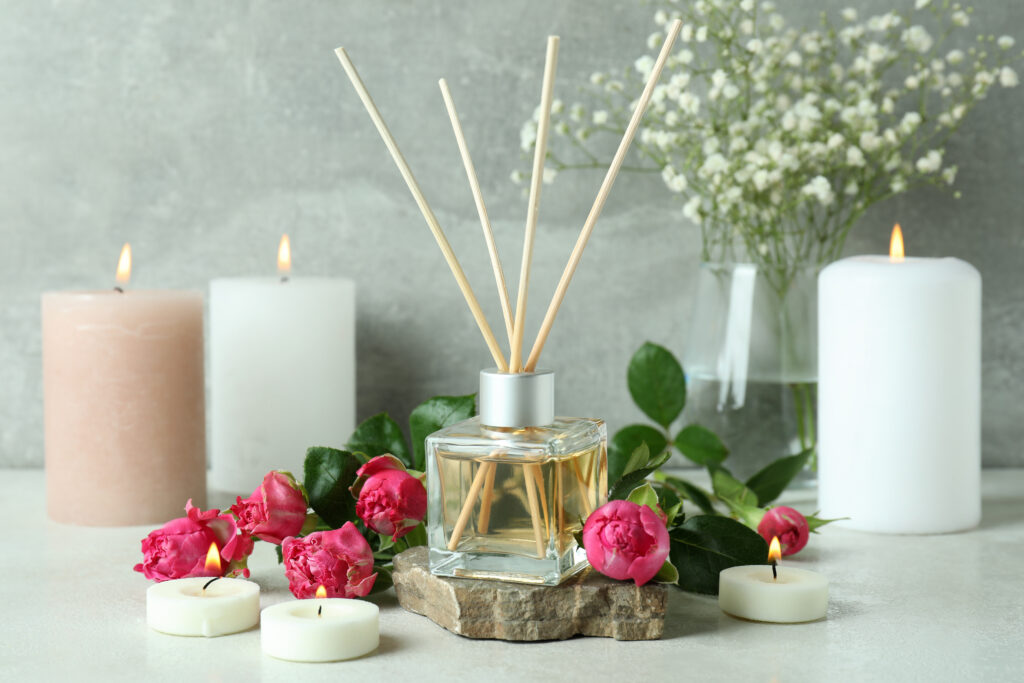
This intentional layering creates a complete sensory journey throughout your home.
The Emotional Language of Fragrance
Different scent families communicate distinct emotional states:
- Citrus Notes: Energizing, clean, optimistic
- Woody Scents: Grounding, sophisticated, timeless
- Floral Elements: Romantic, welcoming, elegant
- Herbaceous Profiles: Fresh, natural, authentic
- Gourmand Notes: Comforting, indulgent, nostalgic
The most sophisticated homes don’t simply smell “good”—they strategically employ these emotional languages to enhance how each space functions and feels.
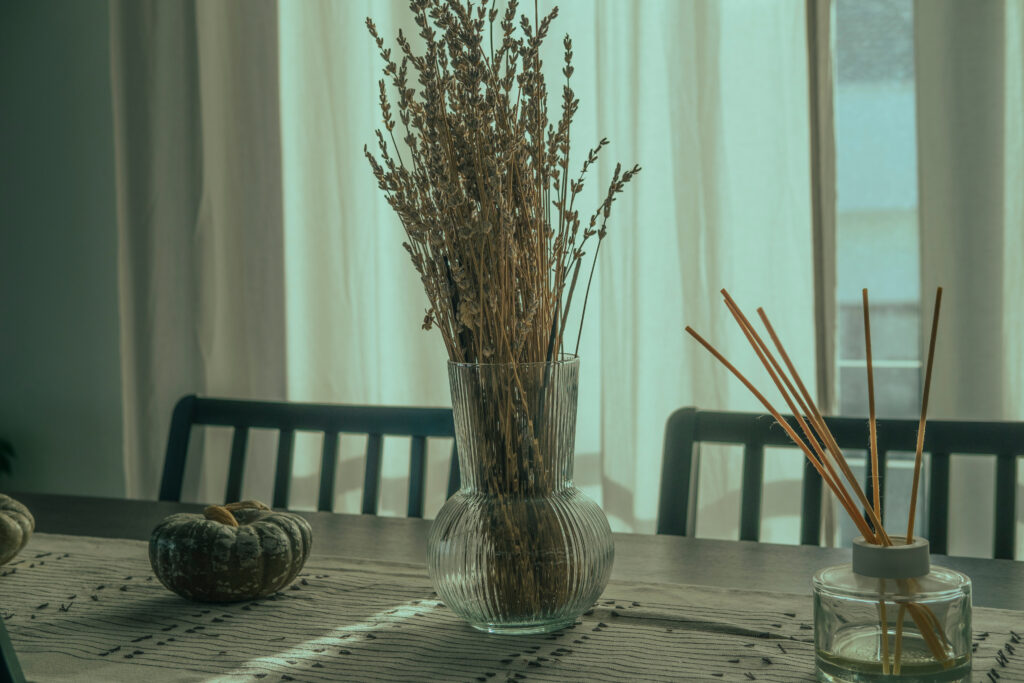
7 Expert Tips for Luxury Home Scent Design
- Avoid Synthetic Overload: Authentic luxury comes from natural-leaning scents, not chemical approximations
- Practice Scent Zoning: Different areas deserve distinct fragrance identities
- Consider Seasonal Rotation: Lighter notes for summer, richer profiles for winter
- Respect Subtlety: True luxury whispers rather than shouts
- Integrate Delivery Methods: Combine diffusers, candles, and linen sprays for dimensional fragrance
- Honor Personal Association: Choose scents connected to meaningful personal memories
- Mind the Entrance: Your home’s entryway scent creates crucial first impressions
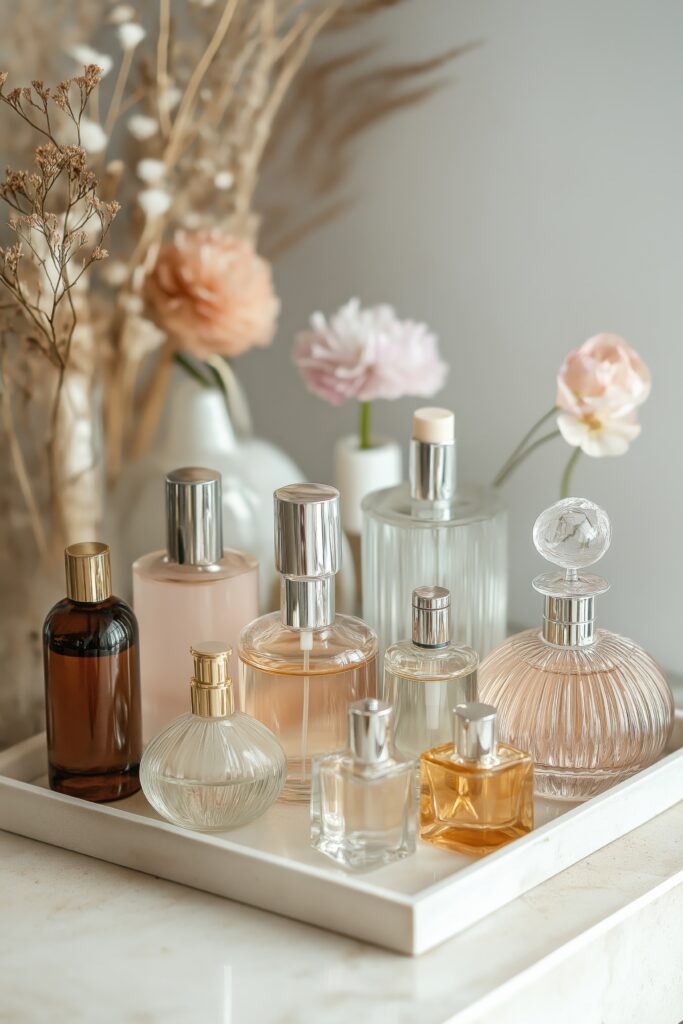
Technical Innovations in Home Fragrance
Modern scent technology has transformed what’s possible:
- Nebulizing Diffusers: Use no heat or water, preserving fragrance integrity
- Smart Home Integration: Programmable scent systems that adjust throughout the day
- Cold-Air Diffusion: Commercial-grade technology now available for residential use
- Molecular Scenting: Eliminates unwanted odors without masking them
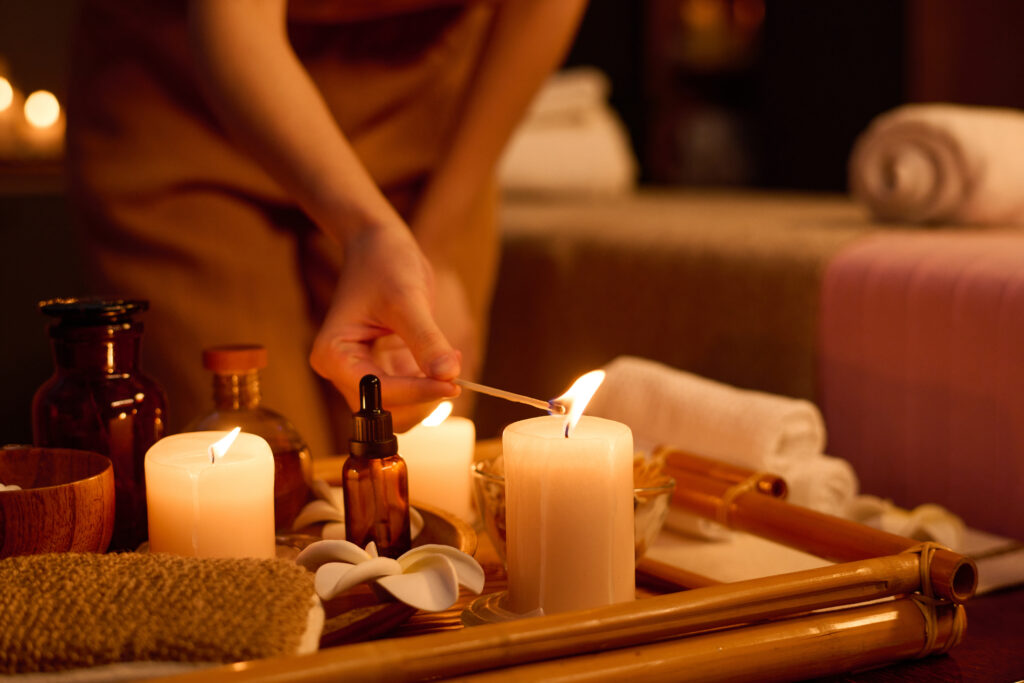
Creating Your Signature Home Scent
The most memorable homes develop a signature scent that becomes intrinsically connected to the space and its inhabitants. This isn’t about purchasing a single candle but developing a carefully considered fragrance identity.
Consider working with a fragrance professional to create a custom scent that reflects your home’s architecture, your personal taste, and functional needs. Your signature scent becomes part of your home’s identity—as distinctive as your design style.
Seasonal Scent Strategies
Thoughtful scent design evolves with the calendar:
Spring/Summer
- Emphasize bright, airy notes
- Citrus, light florals, fresh greens
- Lighter concentration of scent
Fall/Winter
- Incorporate warmer, more enveloping notes
- Amber, spice, woods, vanilla
- Slightly stronger concentration
This seasonal approach keeps your home feeling dynamic and harmonized with the natural world.
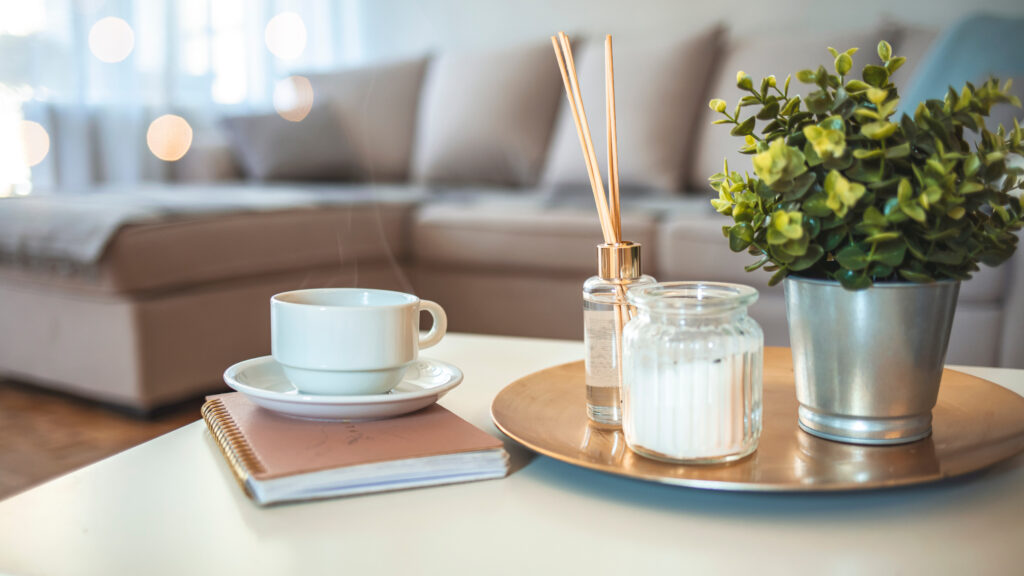
The Art of DIY Scent Blending
While commercial products offer convenience, there’s incomparable luxury in custom-blended elements:
- Simmer Pots: Combining fresh ingredients (citrus peels, herbs, spices) on low heat
- Essential Oil Blending: Creating signature recipes for diffusers
- Pomanders: Traditional scenting techniques with modern applications
- Herb Bundles: Fresh or dried arrangements that provide subtle fragrance
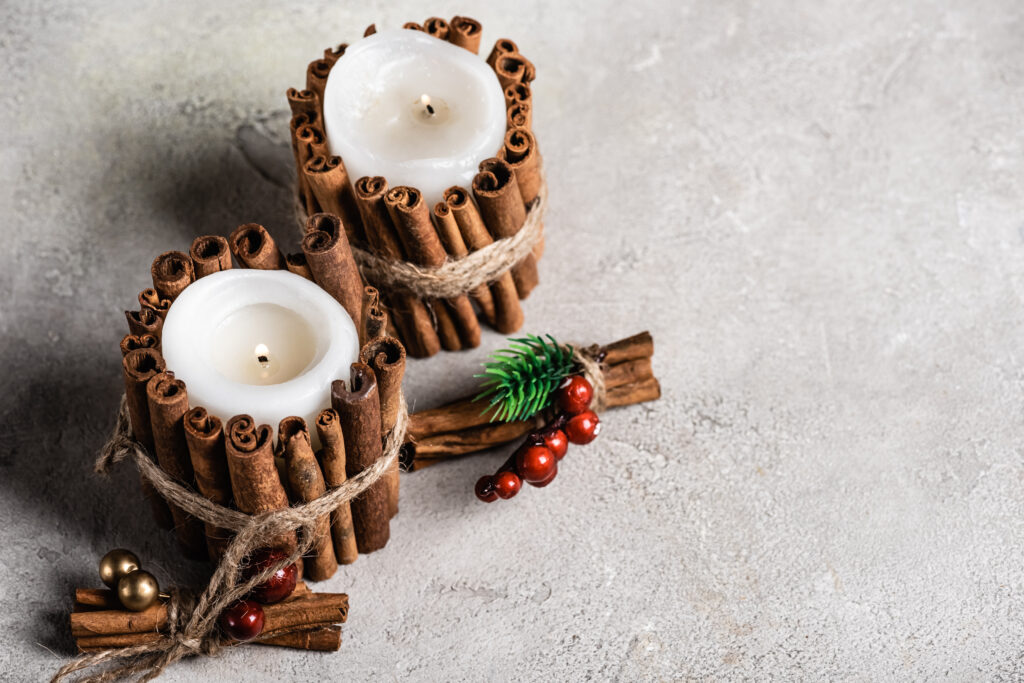
These approaches offer unmatched authenticity and a profound connection to natural elements.
The Philosophy of Scent Luxury
True fragrance luxury isn’t about expense—it’s about intentionality, authenticity, and emotional resonance. The most extraordinary scented homes aren’t necessarily those with the most expensive products, but those that thoughtfully consider how fragrance enhances daily living.
Pro Insight: The ultimate luxury is a home where every sensory element—visual, tactile, auditory, and olfactory—works in concert to create a singular, cohesive experience.
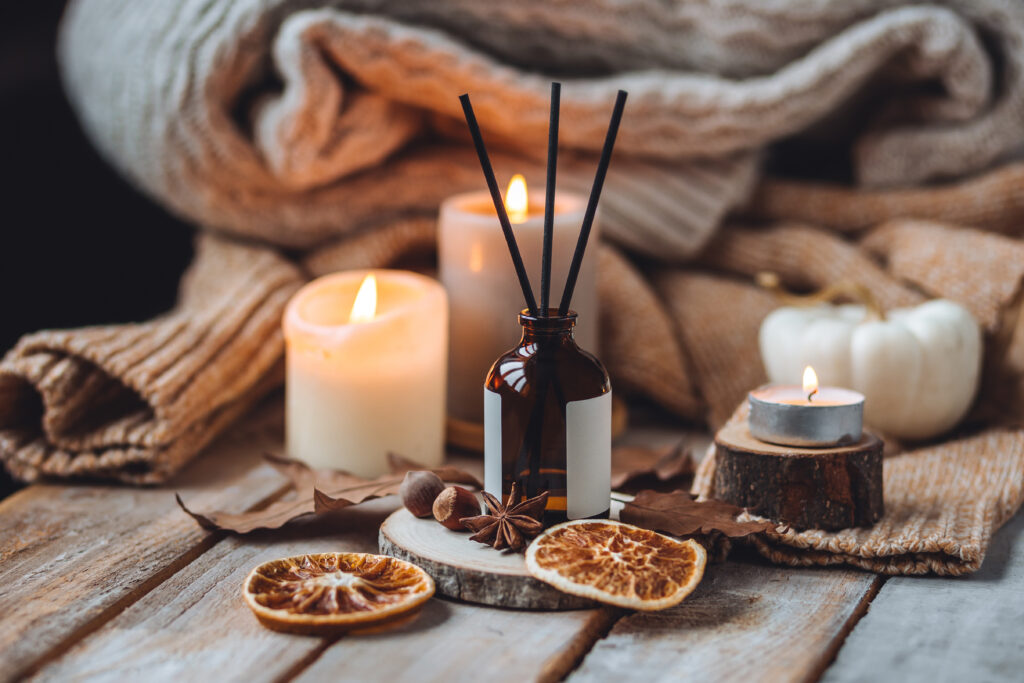
Finding Your Fragrance Story
As you develop your home’s scent identity, consider:
- What memories do you want to evoke?
- What emotions should each space encourage?
- What natural elements resonate with your design aesthetic?
- How can fragrance enhance your daily rituals?
The answers form the foundation of your home’s unique fragrance narrative.
What scent instantly transports you to a special place or memory? How might you incorporate that emotional power into your home?
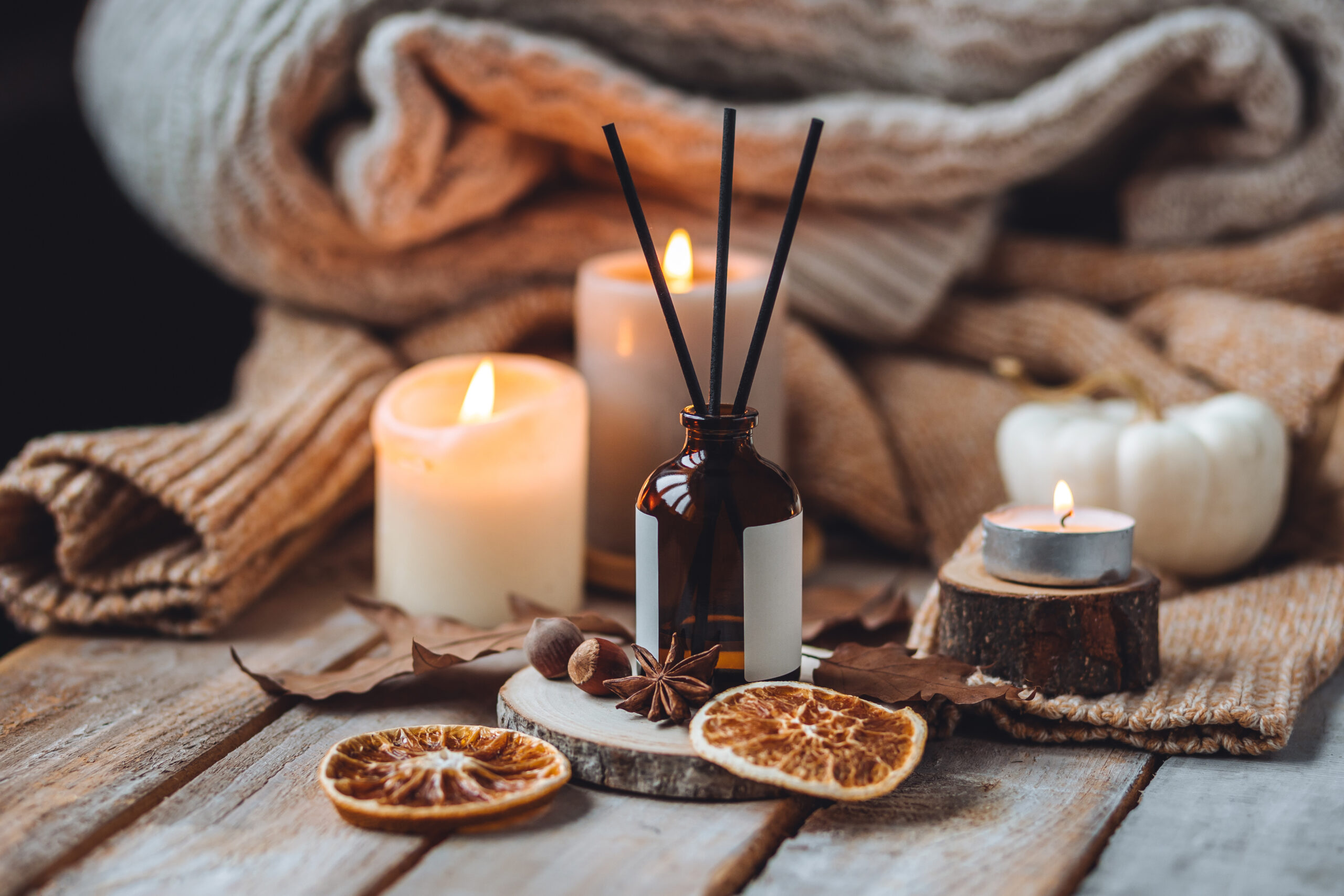
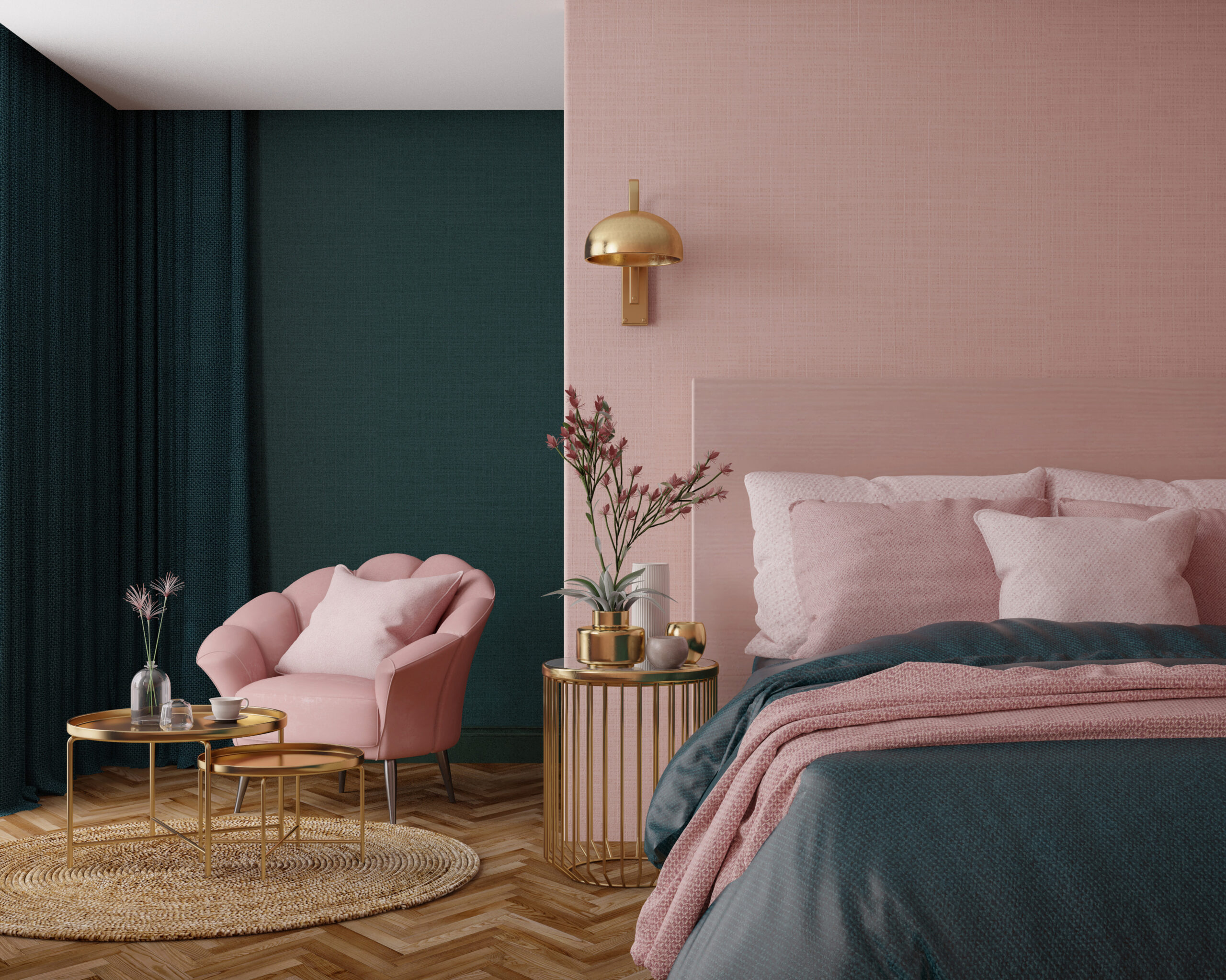
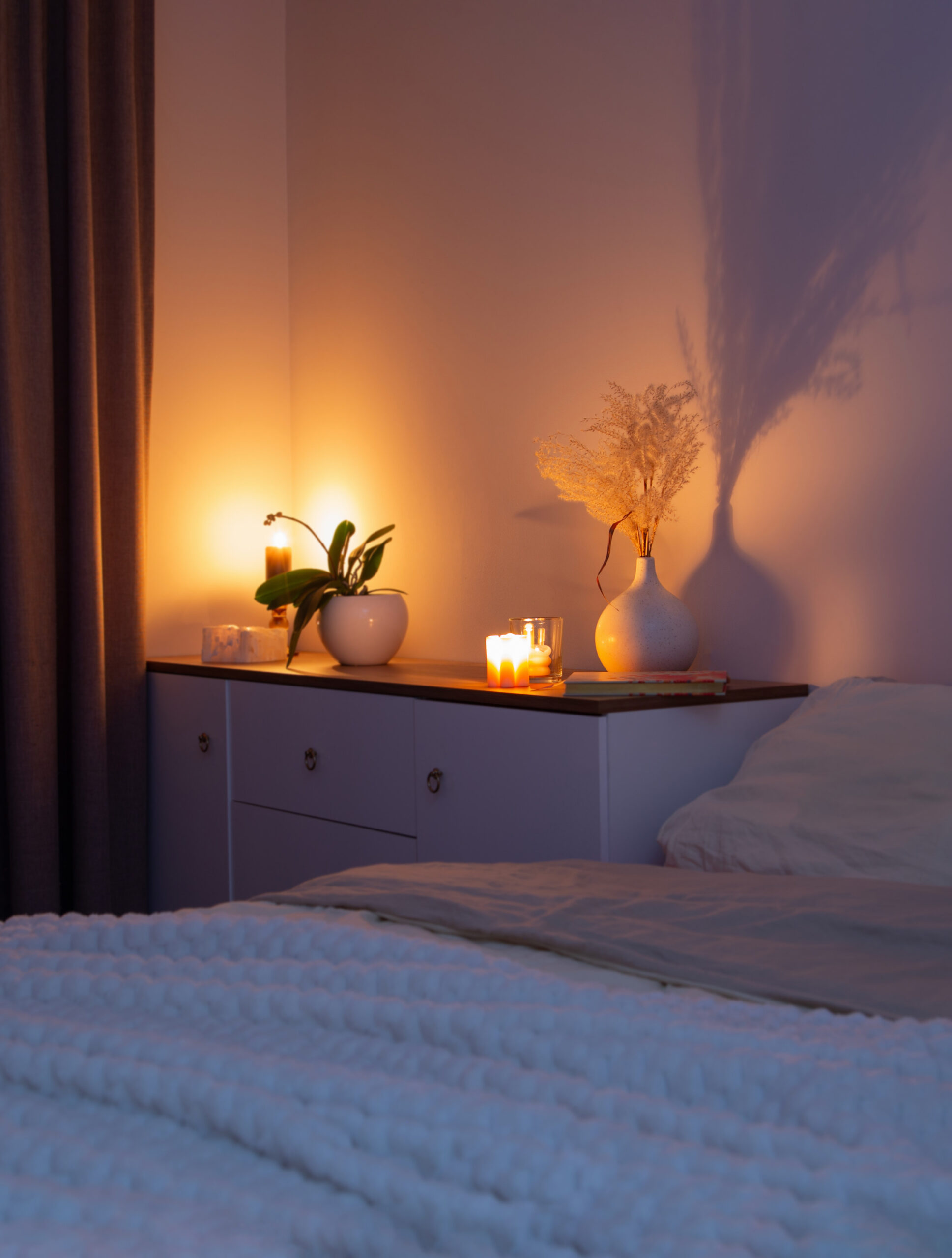
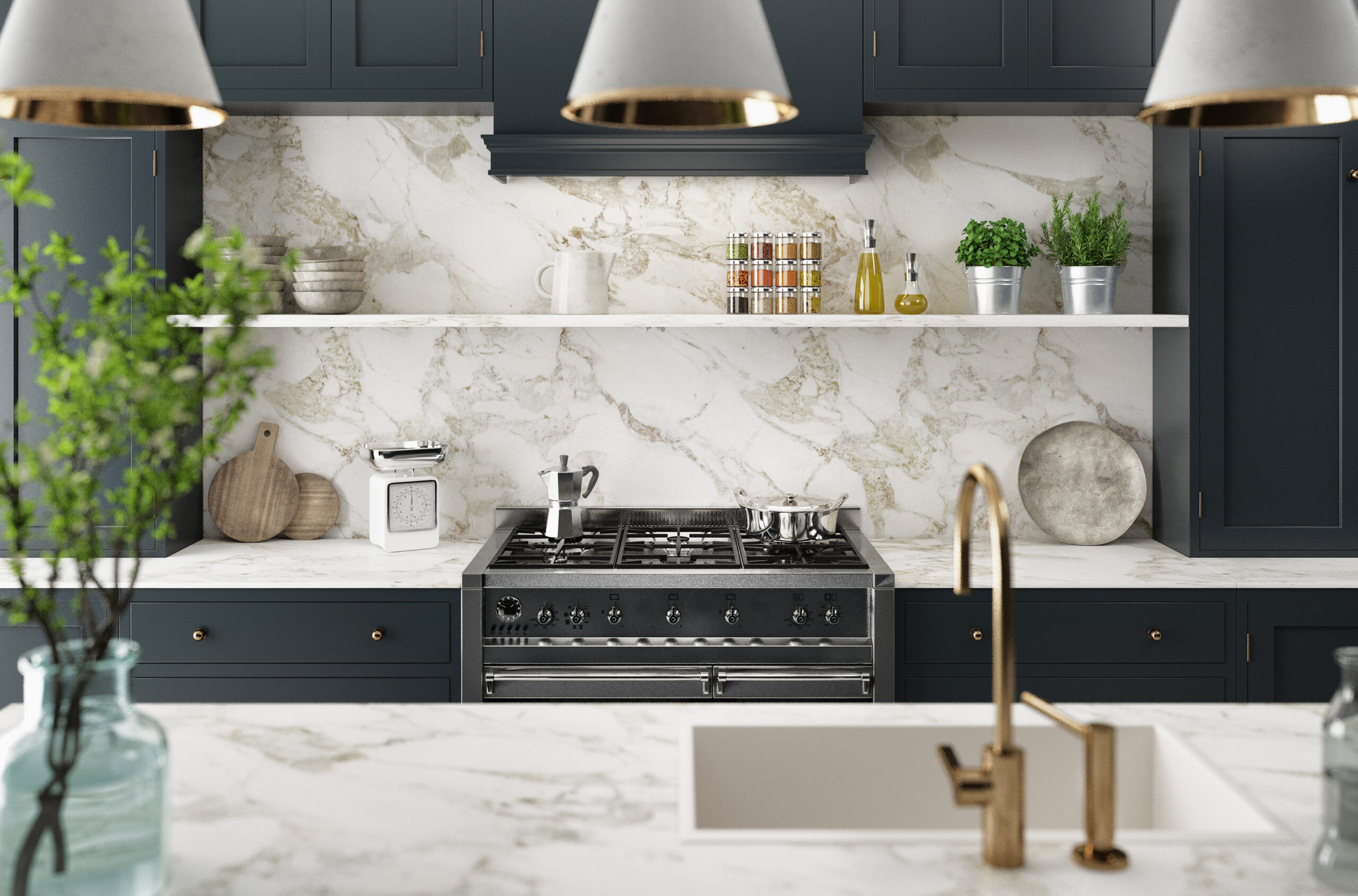
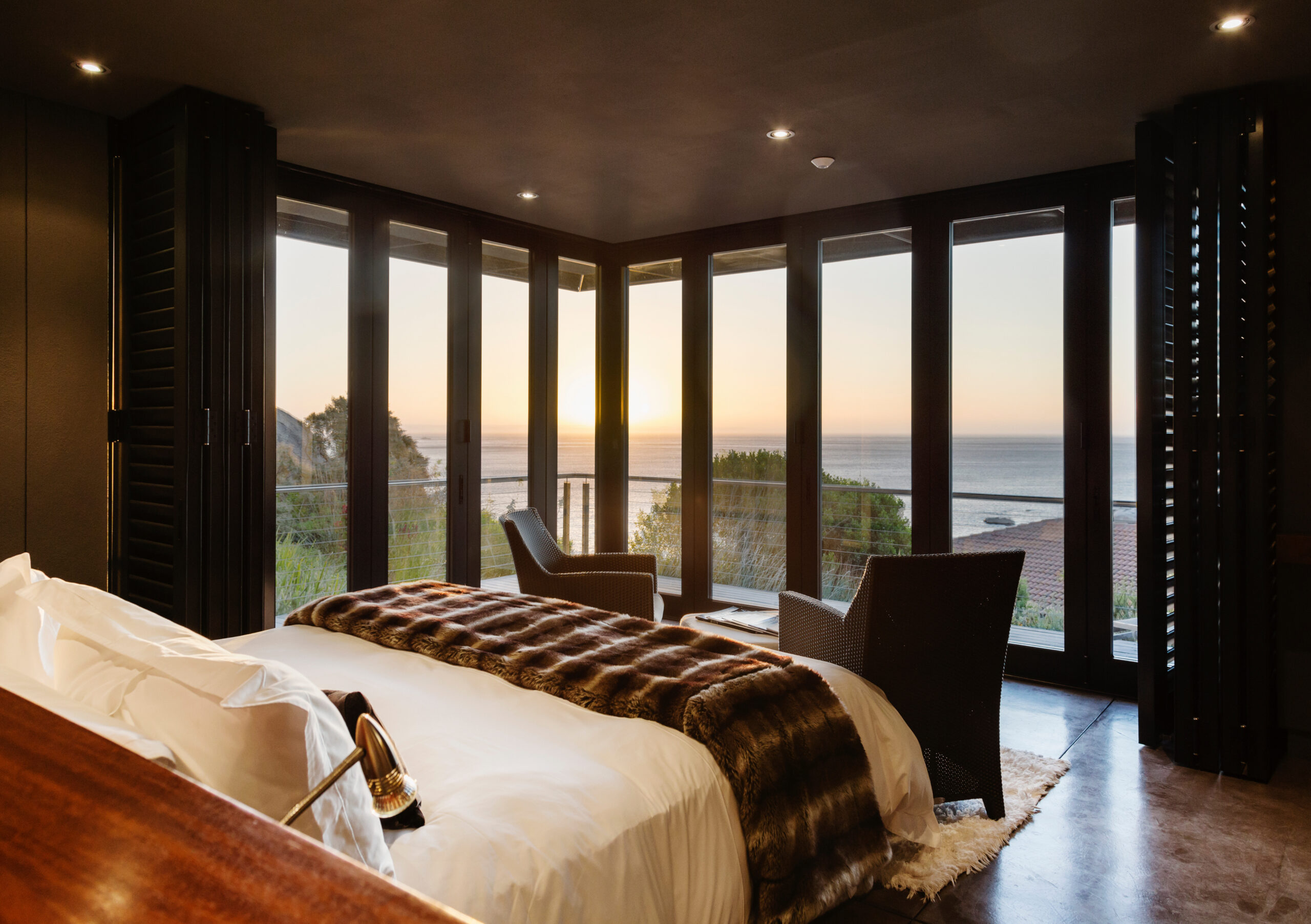
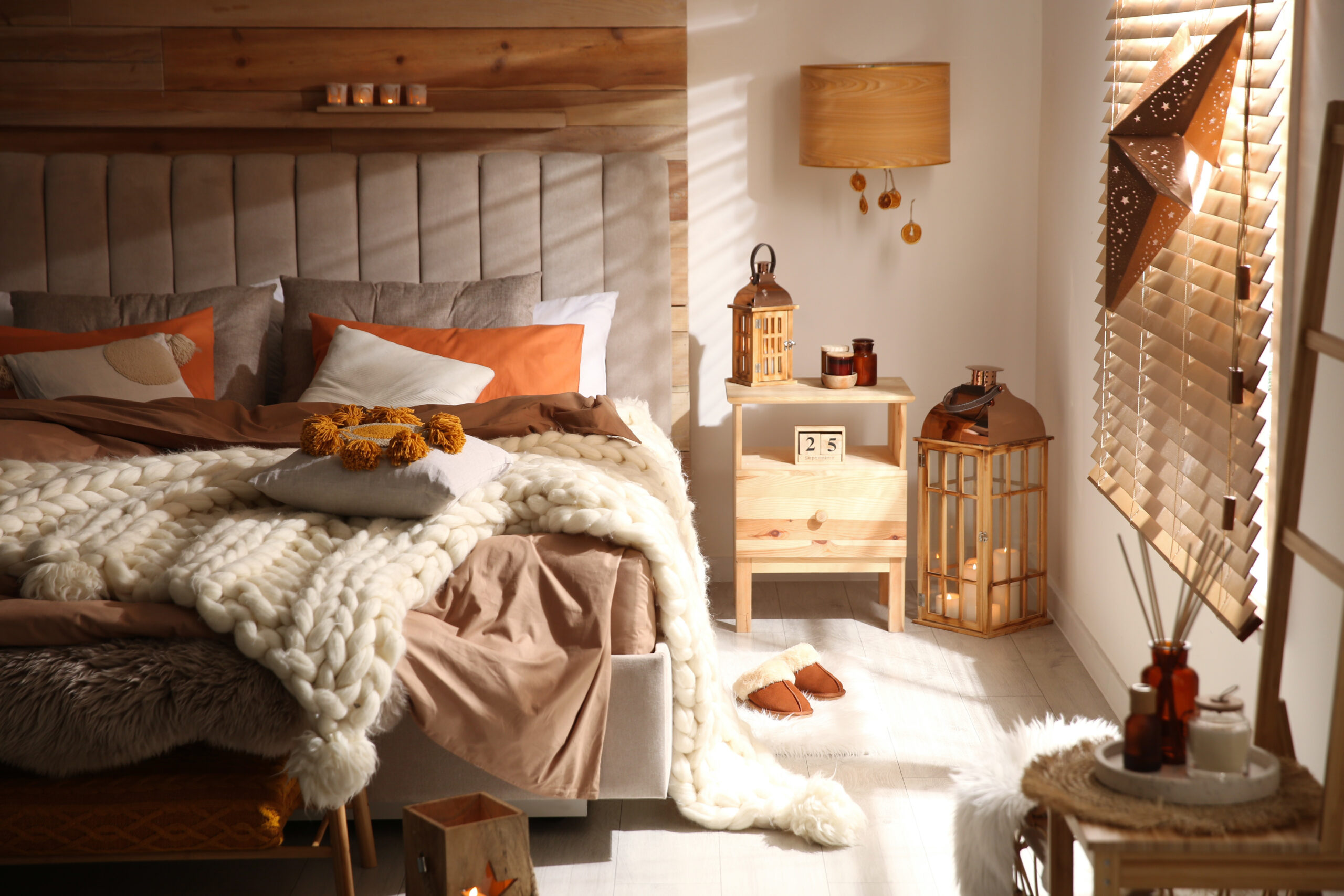
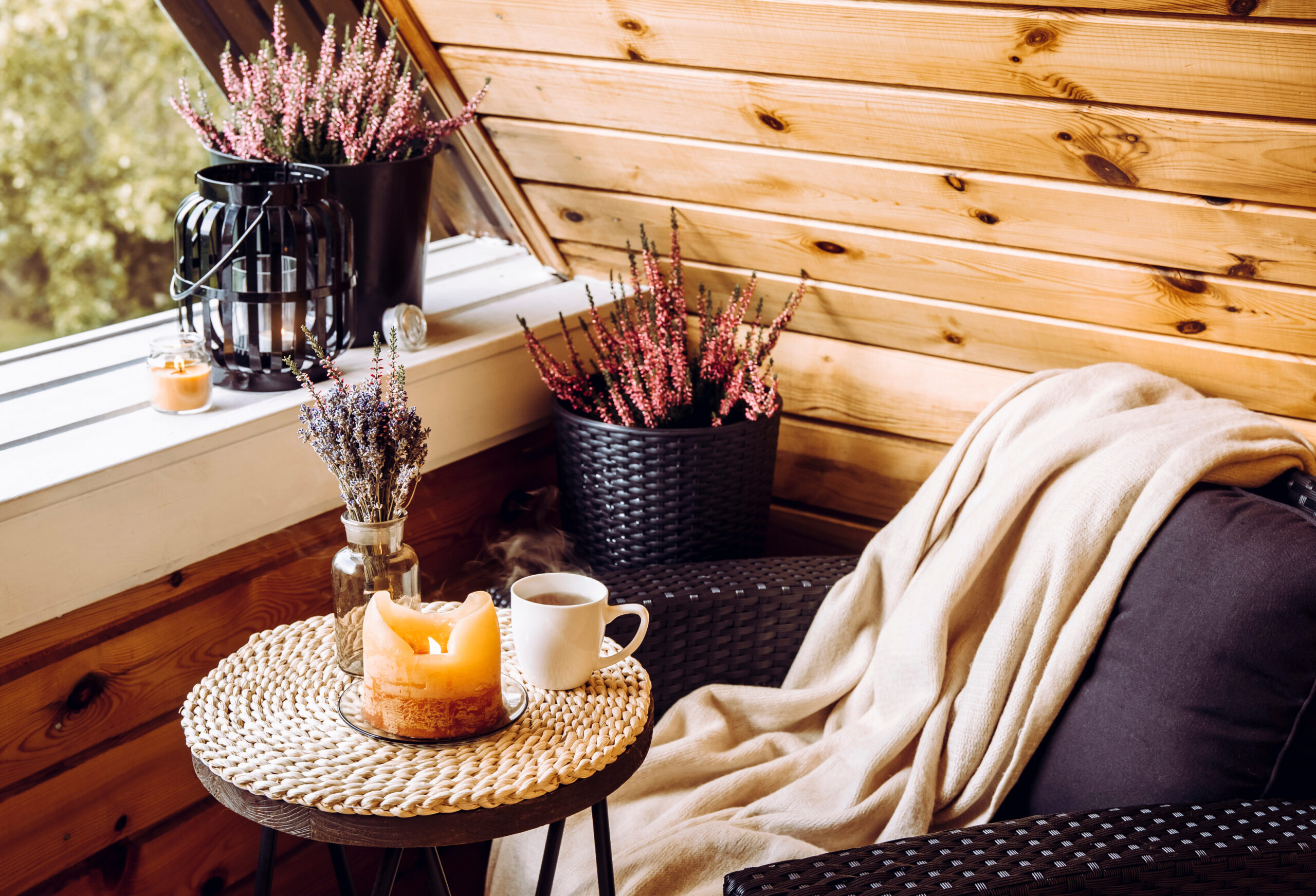
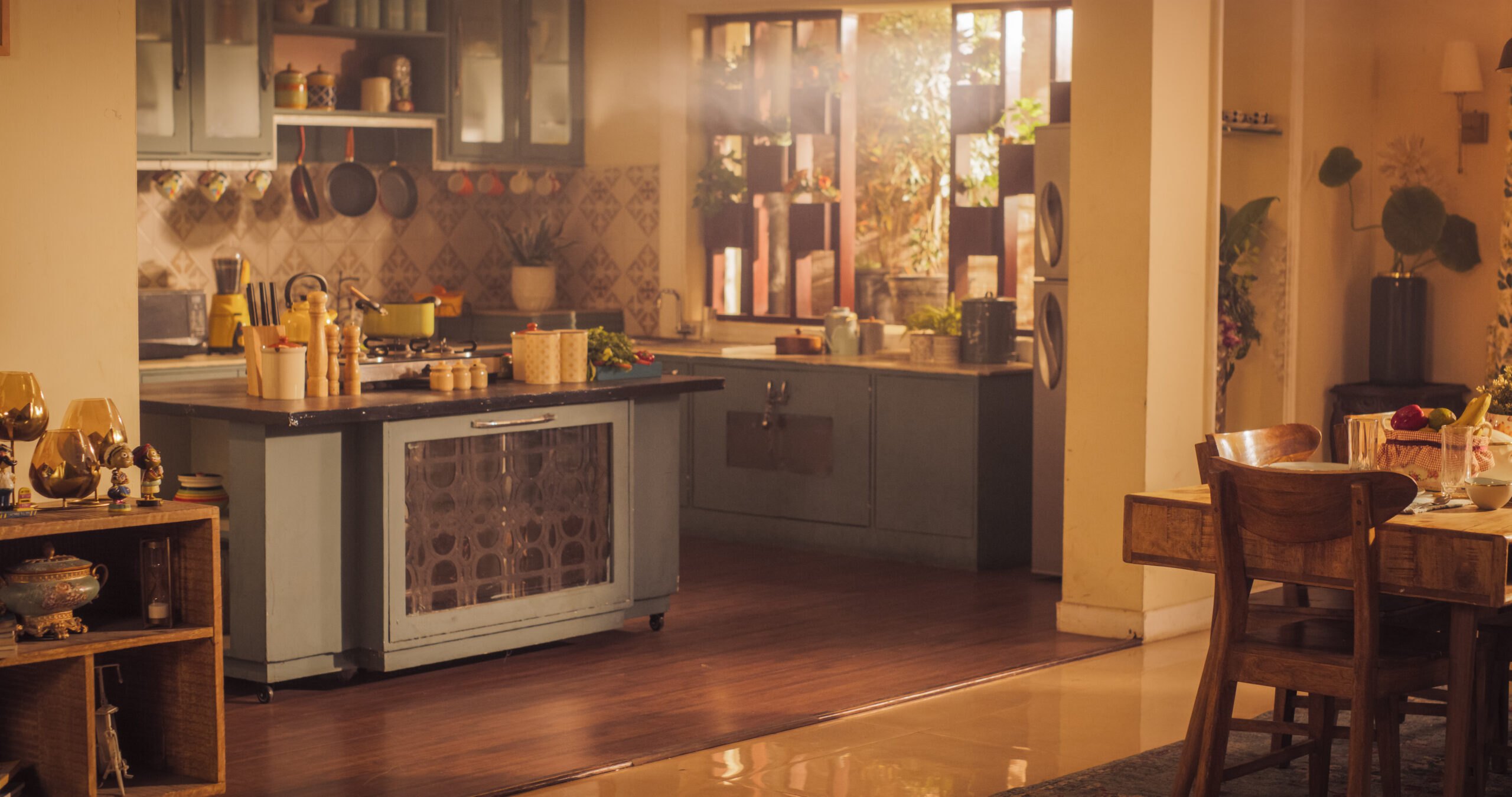
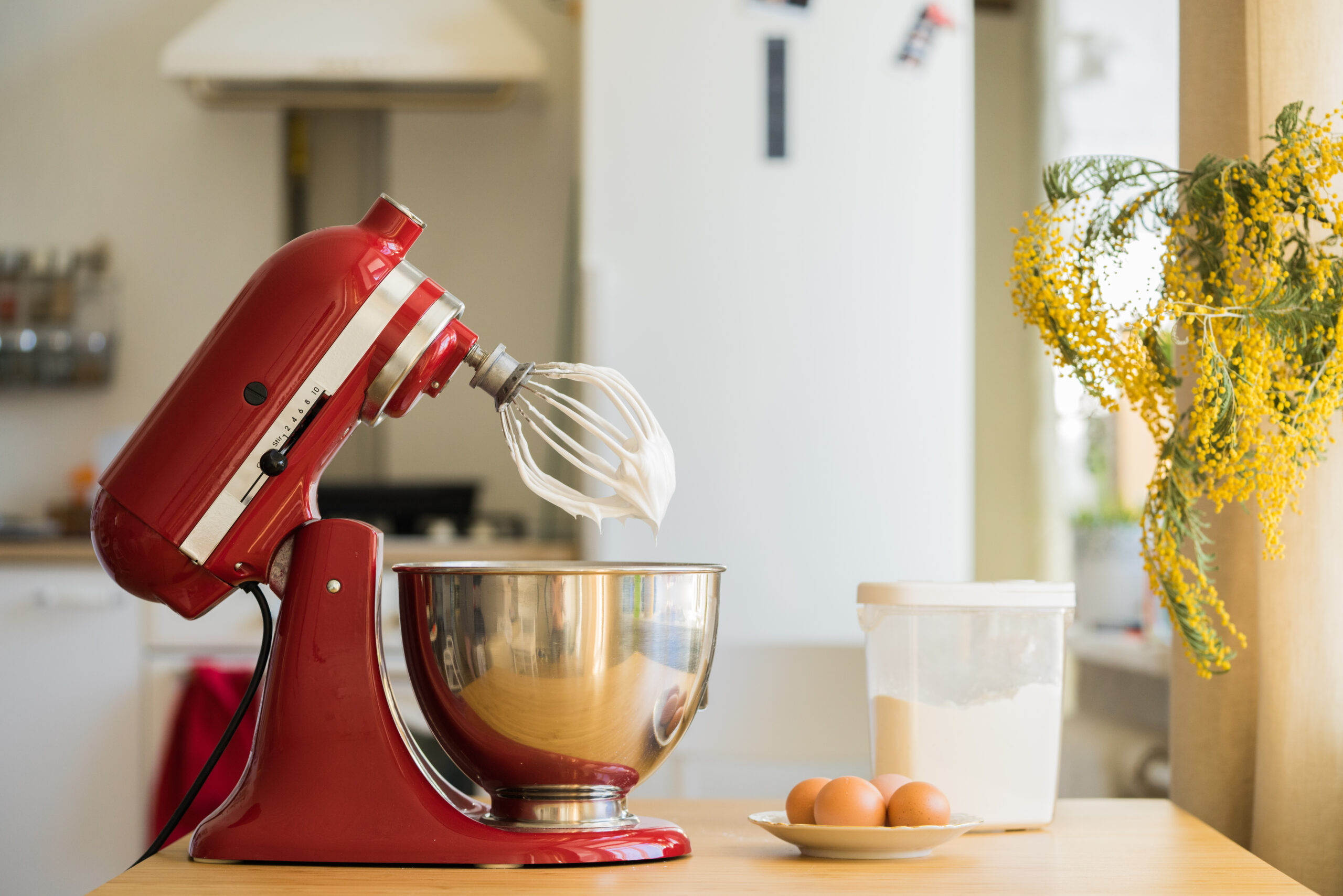
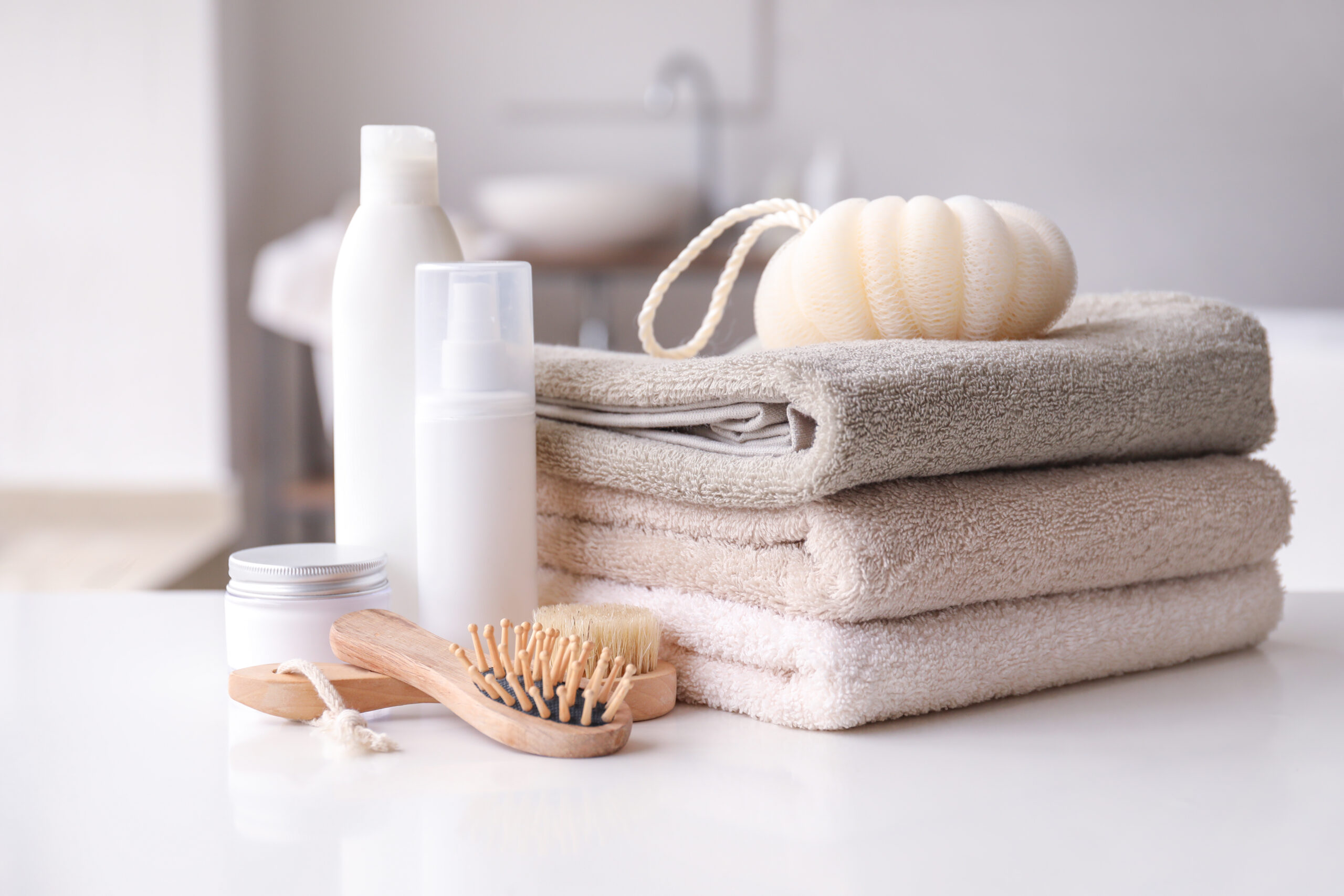
Leave a Reply